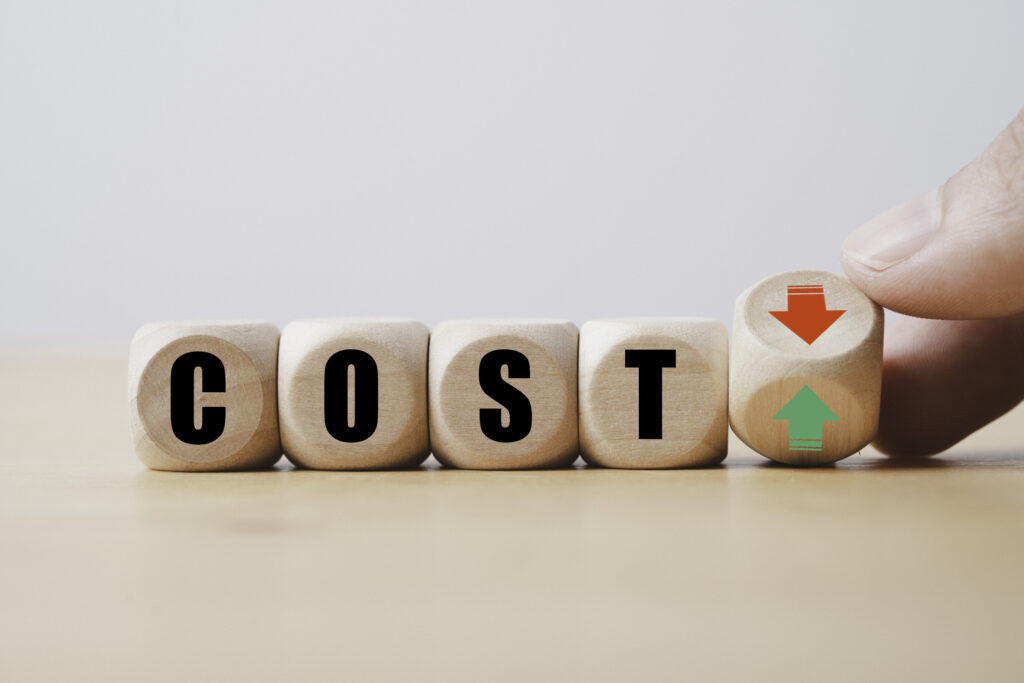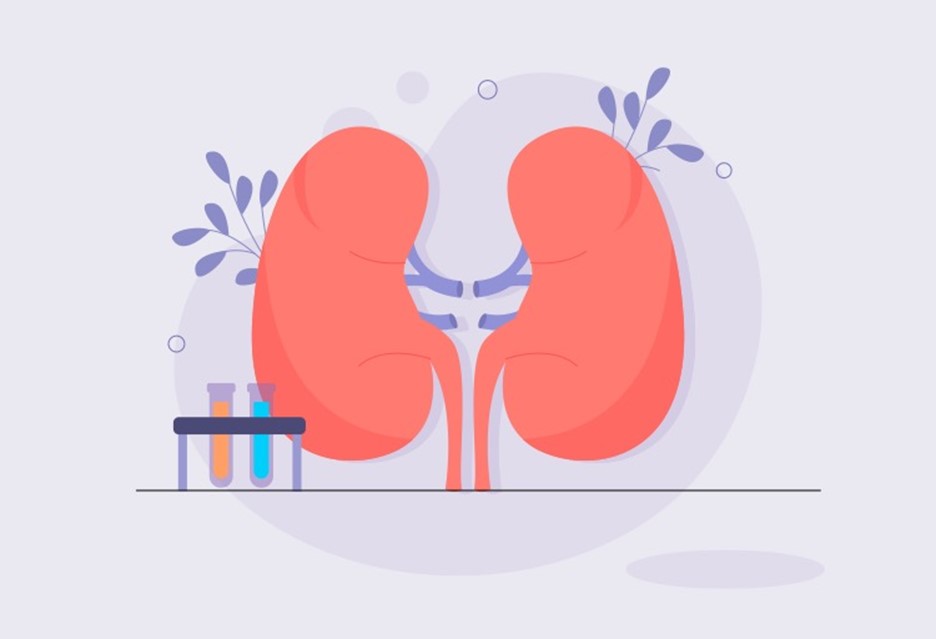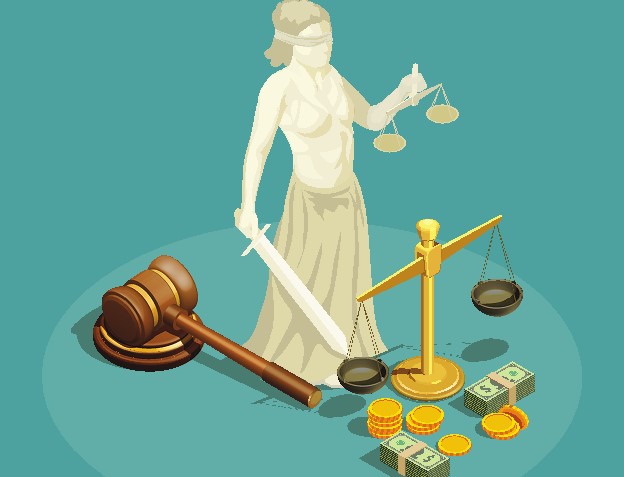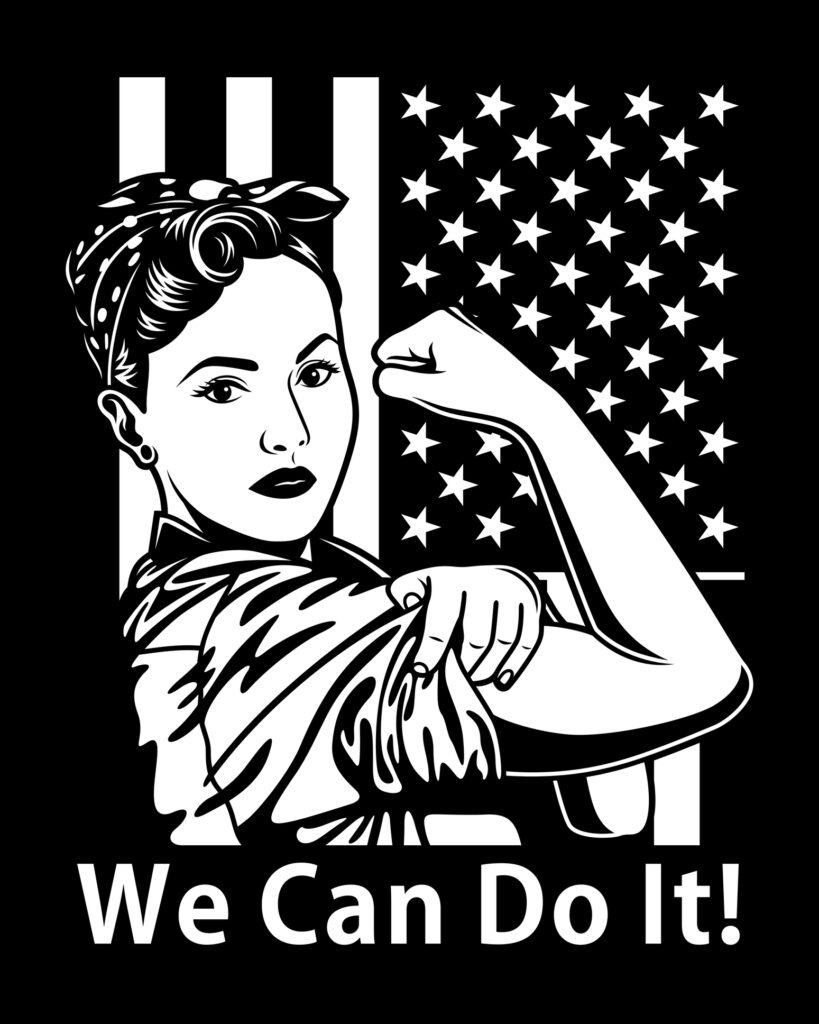
Grades 9-12
Happy EconEdMonth! Celebrate economics all month long by visiting EconEdMonth.org

Don't have an account yet? Sign up for free
Don't have an account yet? Sign up for free


Students will take a “Virtual Tour” of the Eiffel Tower in Paris France and locate the price of a bottle of water at each viewing platform. They will need to problem solve how to pay for admission, buy the water and be able to pay for the telescope at the top of the tower- all for $12.55US.
 This lesson will address the basic concepts of decision making, costs, consumers, and markets. The students will complete an activity that requires them to make decisions as consumers in a specific market. The decisions they make will affect their ability to purchase more goods at a later time; this outcome will address the concept of opportunity cost.
This lesson will address the basic concepts of decision making, costs, consumers, and markets. The students will complete an activity that requires them to make decisions as consumers in a specific market. The decisions they make will affect their ability to purchase more goods at a later time; this outcome will address the concept of opportunity cost.

Read the following scenario to the students:
You are on a school trip to Paris, and a teacher has given you $12.55 to spend. With this $12.55 you must purchase a bottle of water at the Eiffel Tower, pay for your admission to the Eiffel Tower, and spend 2.50 euros viewing the city from the top through a telescope.
Why did you make those choices?
Were you able to view the city through the telescope?
Were you able to buy water?
[Note to teachers: Explain to the students that many factors play into the pricing of products and the price that a consumer is willing to pay; however, tourist locations are a prime example of how the demand for a product, and the isolation of competition causes the price to be more elastic than in a city center where there is more competition and more vendors.]
 In this lesson the students had an opportunity to explore a tourist attraction in another country and make choices about when they would make some required purchases. They used critical thinking skills, planning, choices, and predictions, and they analyzed their decisions.
In this lesson the students had an opportunity to explore a tourist attraction in another country and make choices about when they would make some required purchases. They used critical thinking skills, planning, choices, and predictions, and they analyzed their decisions.
Ask the students to think of how they could use the Eiffel Tower pricing structure to raise money for their school. An example could be having the students sell seasonal products during the in-season, and also during the off-season. How would the prices change from season to season? (For example: Selling Christmas boxes at Christmas time vs. selling the boxes in March, or selling school calendars in August vs. selling the calendars in April.) Demand for the products changes with each season. Do their prices change as well?

Grades 9-12

Grades 9-12

Grades 9-12

